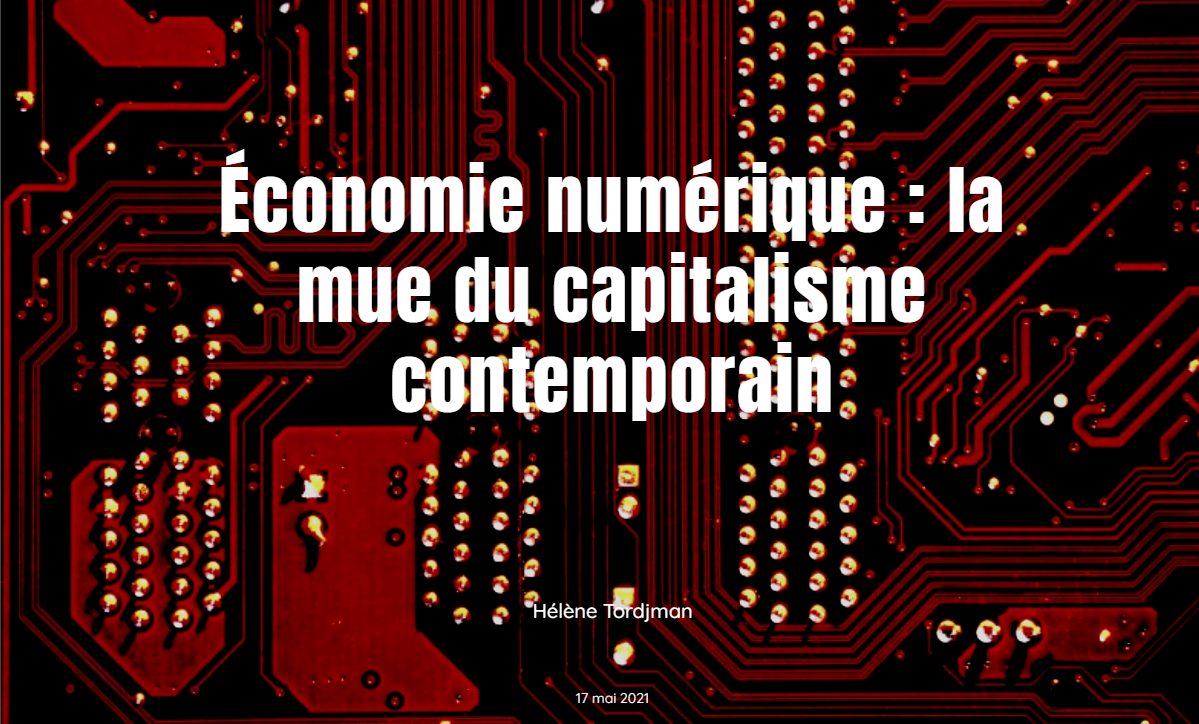Originallay published on https://www.ericsson.com/en/about-us/sustainability-and-corporate-responsibility/environment/climate-action/decarbonizing-industries?utm_source=facebook&utm_medium=social_paid&utm_campaign=gfmc-bteb_aebg-mit-report_20211116&utm_aud=automotive&utm_tar=p-5_&utm_content=mit-report_still-1_1x1_c1&fbclid=IwAR1Ng7nUGX4hhyDw5hiaPKVqUJbWvLew3lH-iRPwtroKFNMvzAkXU73XFMY “Decarbonizing industries with connectivity & 5G” MIT Technology Review Insights whitepaper evaluates how senior technology, business and renewable energy executives are […]
Artificial intelligence and workers’ rights
by Valerio De Stefano and Antonio Aloisi on 8th November 2021 A draft EU regulation on artificial intelligence risks exclusion of the social partners and lack of compliance with data-protection […]
Facebook Files and ePrivacy lobbying expose the power of Big Tech
by Margarida Silva on 8th November 2021 As MEPs host the Facebook whistleblower Frances Haugen this afternoon, they need to step up their challenge to the surveillance capitalists. […]
Facebook does the U.S. government’s censorship work in Nicaraguan elections
Originally published: COHA (Council on Hemispheric Affairs) by John Perry (November 3, 2021 A few days before the Nicaraguan presidential elections on November 7, Facebook and other social […]
Digital economy: the transformation of contemporary capitalism
As the digitization of life intensifies in the era of lockdowns, it is urgent to think about how the “Digital Revolution” is shaping a new […]
ICT Awareness Program in Vavuniya on 26th February 2005
Alagalla Community Infromation Centre organised a one day awareness seminar on Information & Communication Technology at Vavuniya /Alagalla Vidyalaya on 26th February 2005. This seminar conducted […]
Training Program on Computer Hardware and Software Installation
Lankanet conducted a five days Training Program on Computer Hardware and Software Installation for nine (9) young women and men from three community base organisations […]
Hello world!
Welcome to WordPress. This is your first post. Edit or delete it, then start writing!


